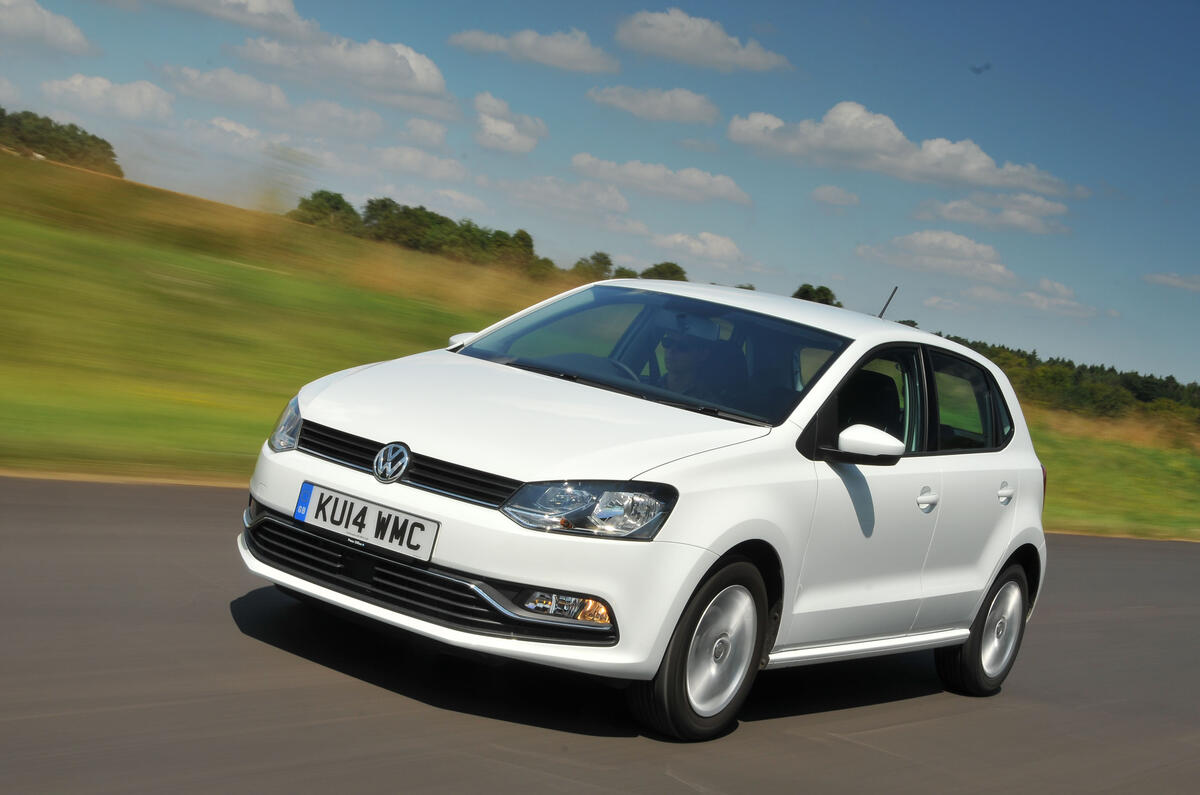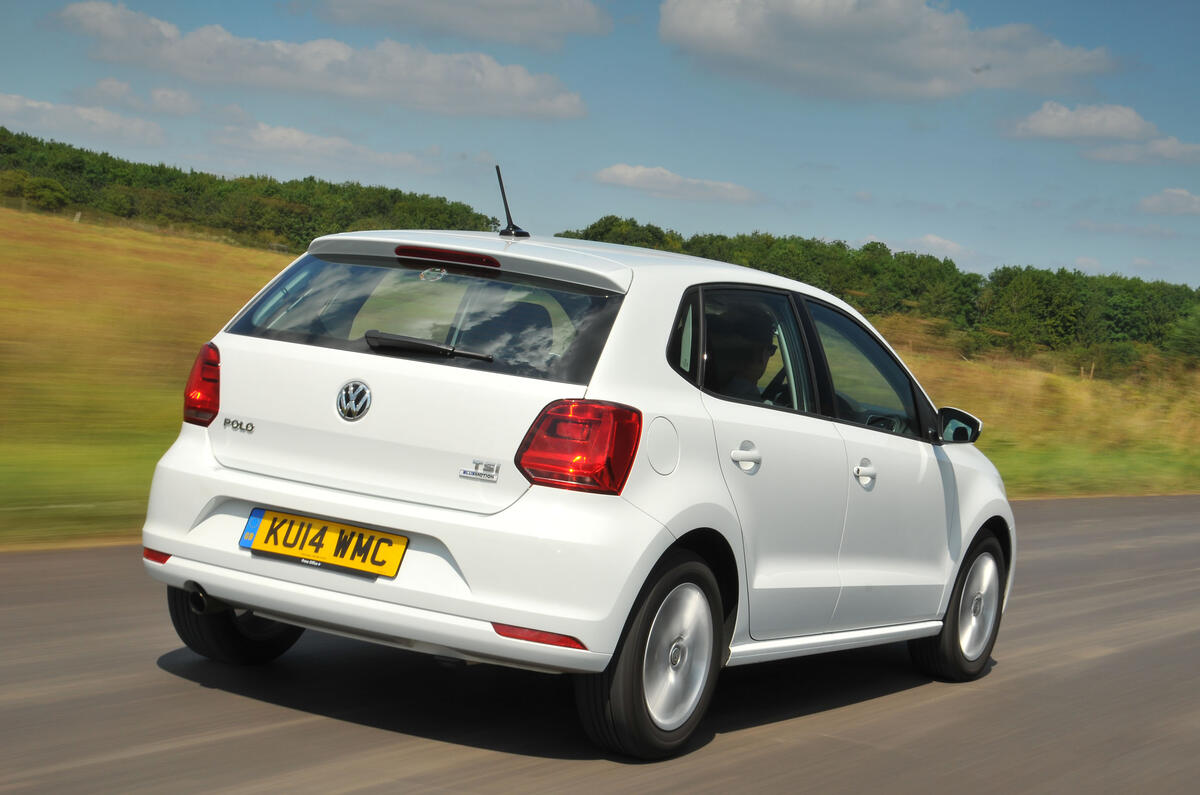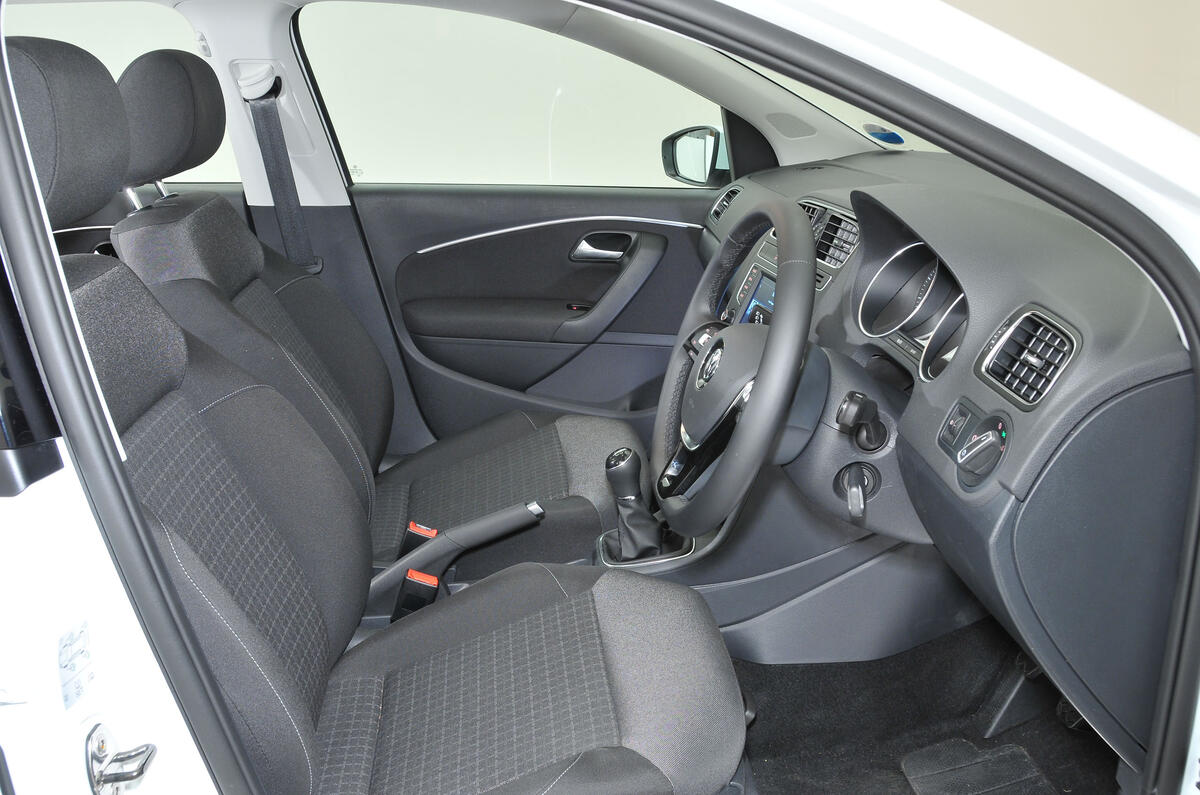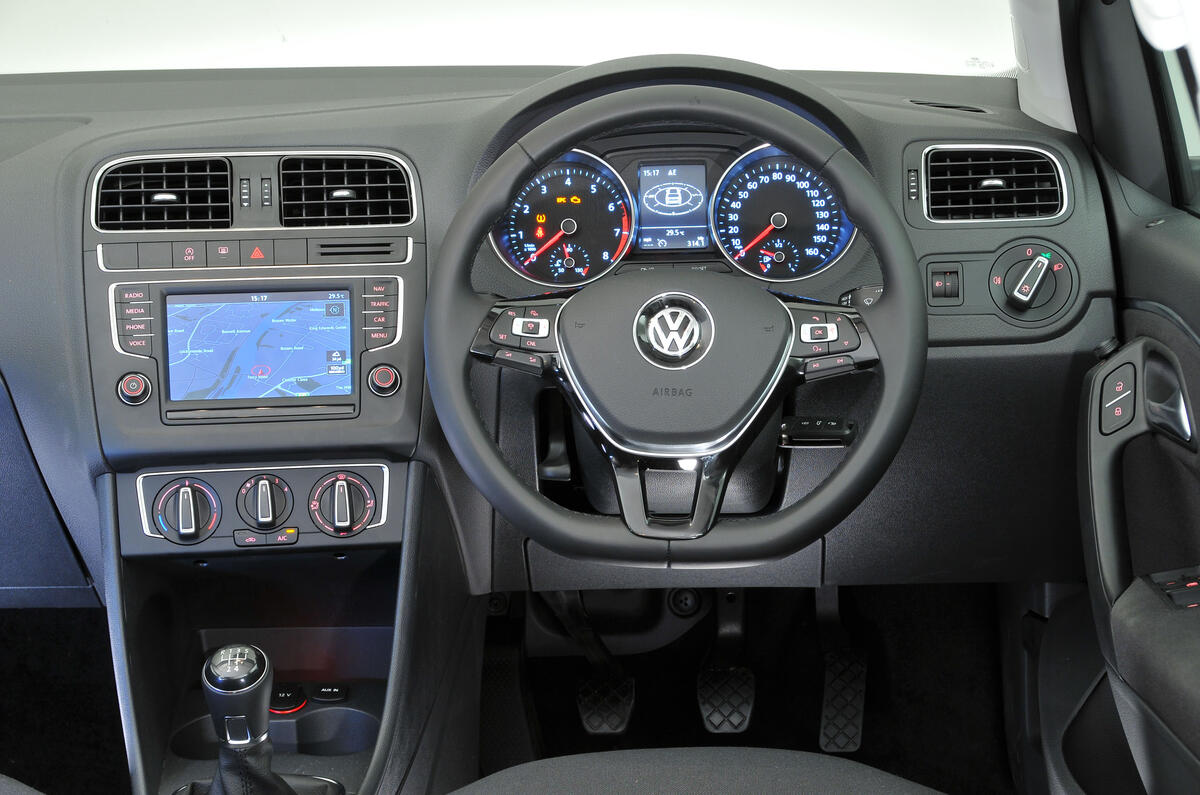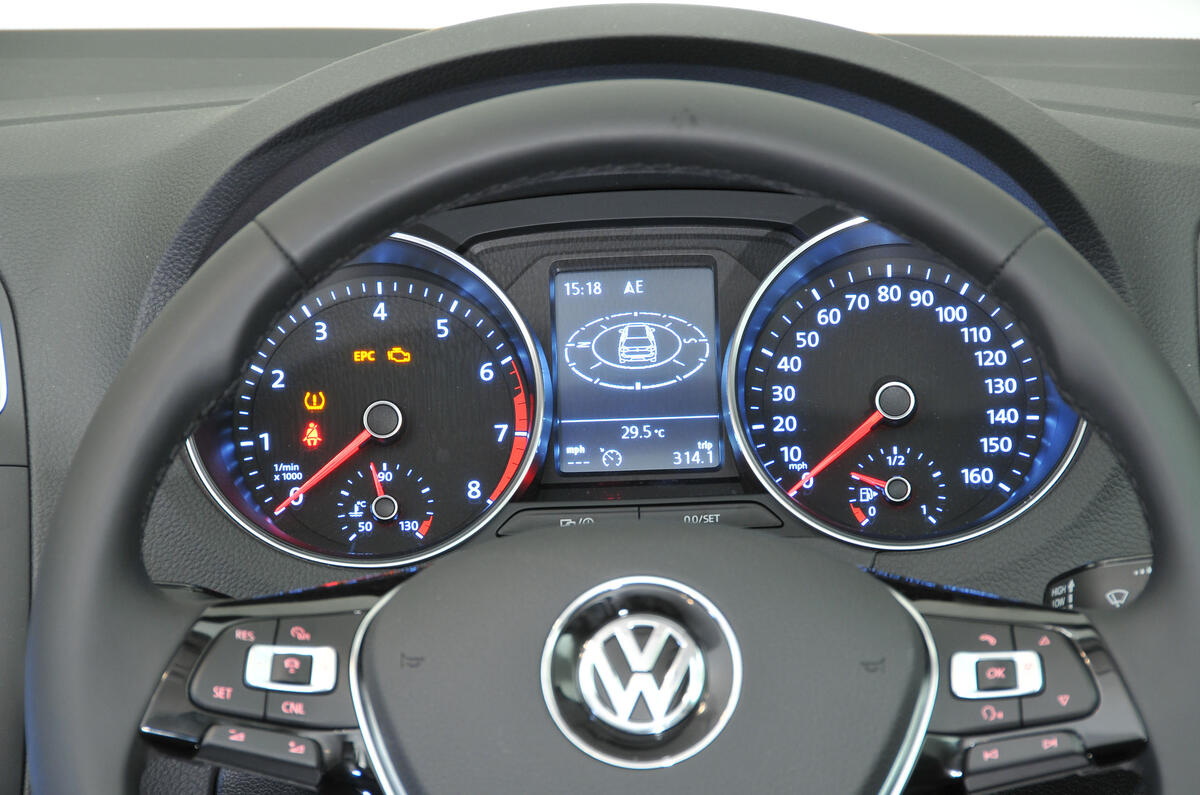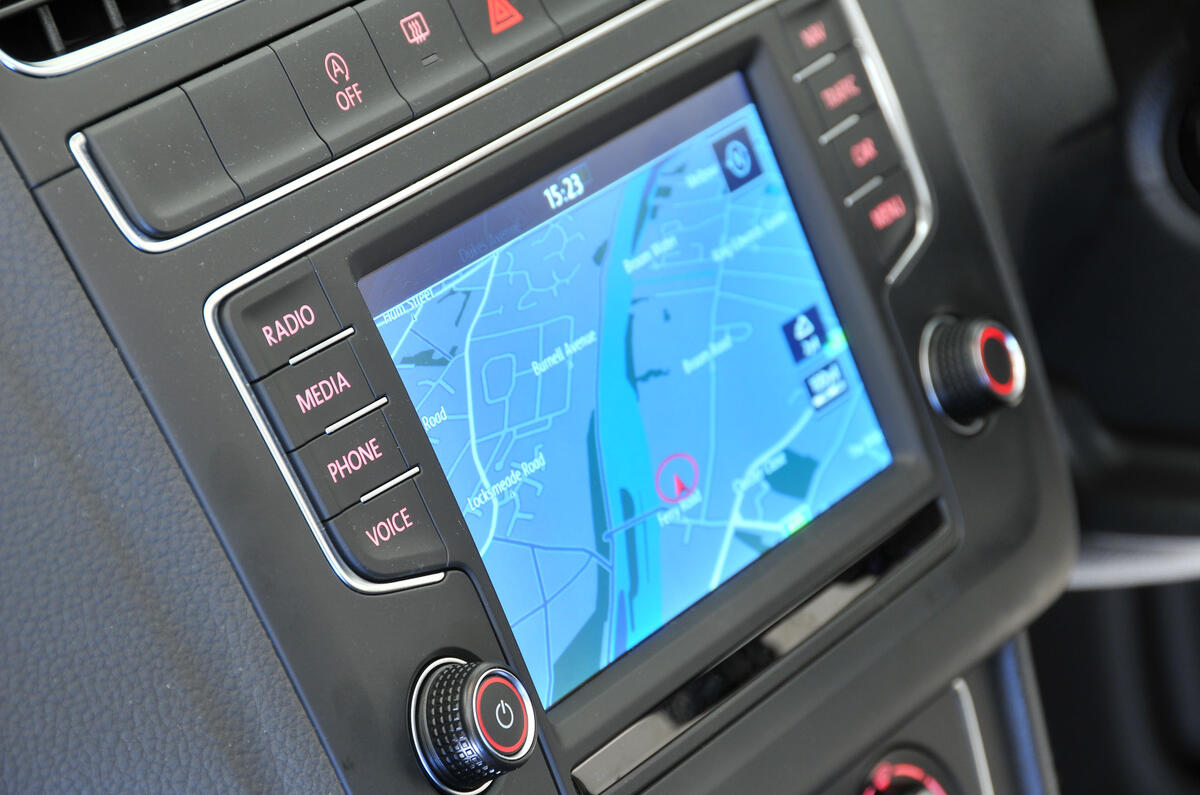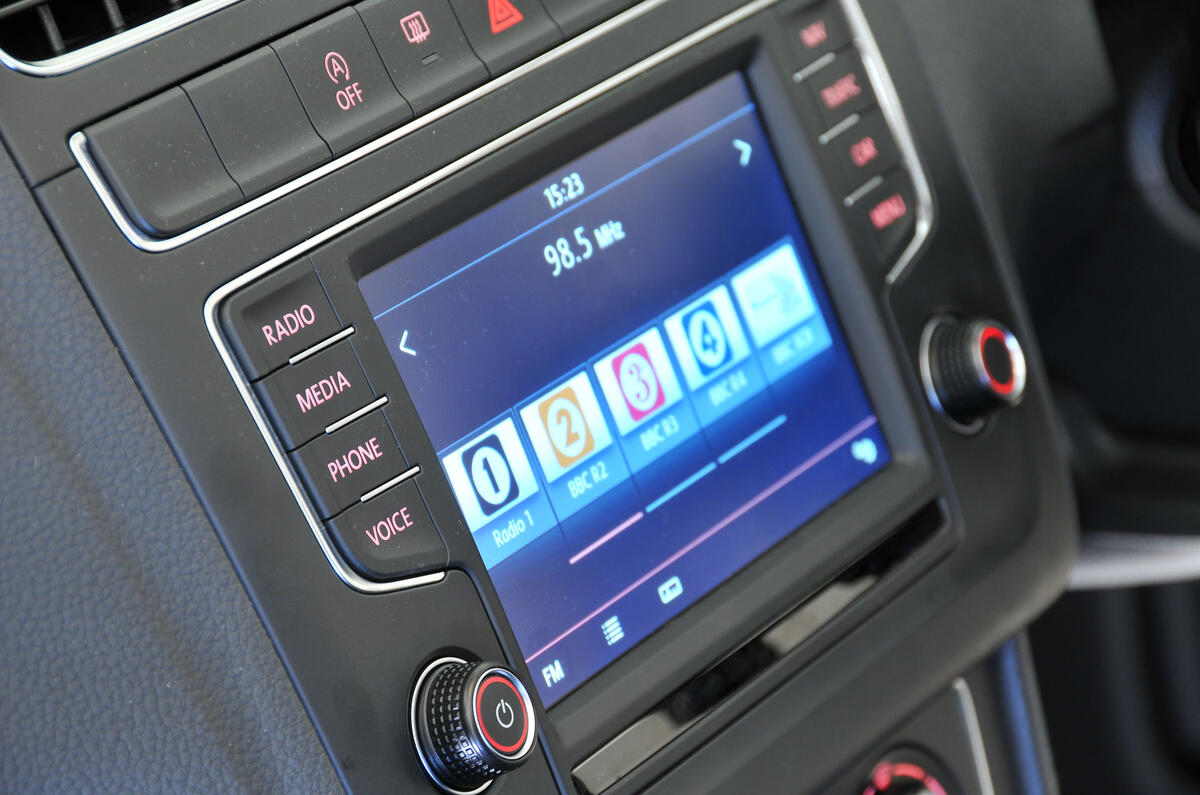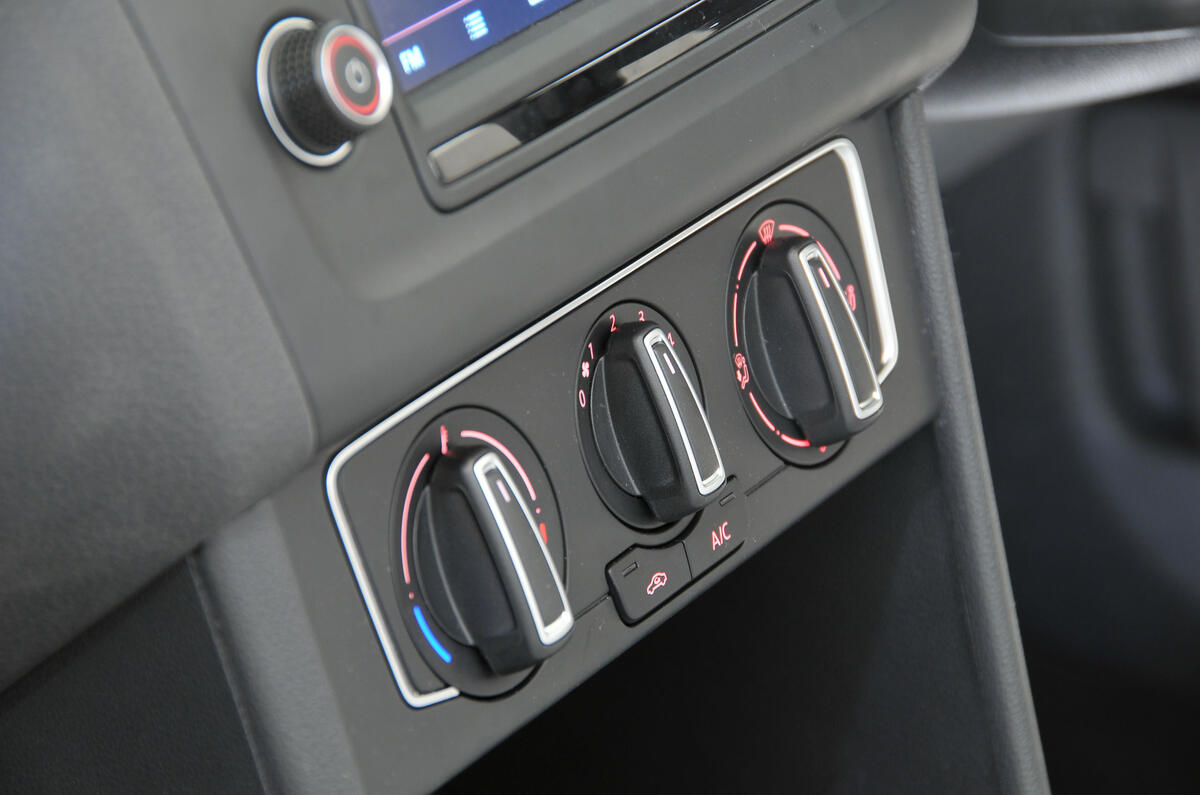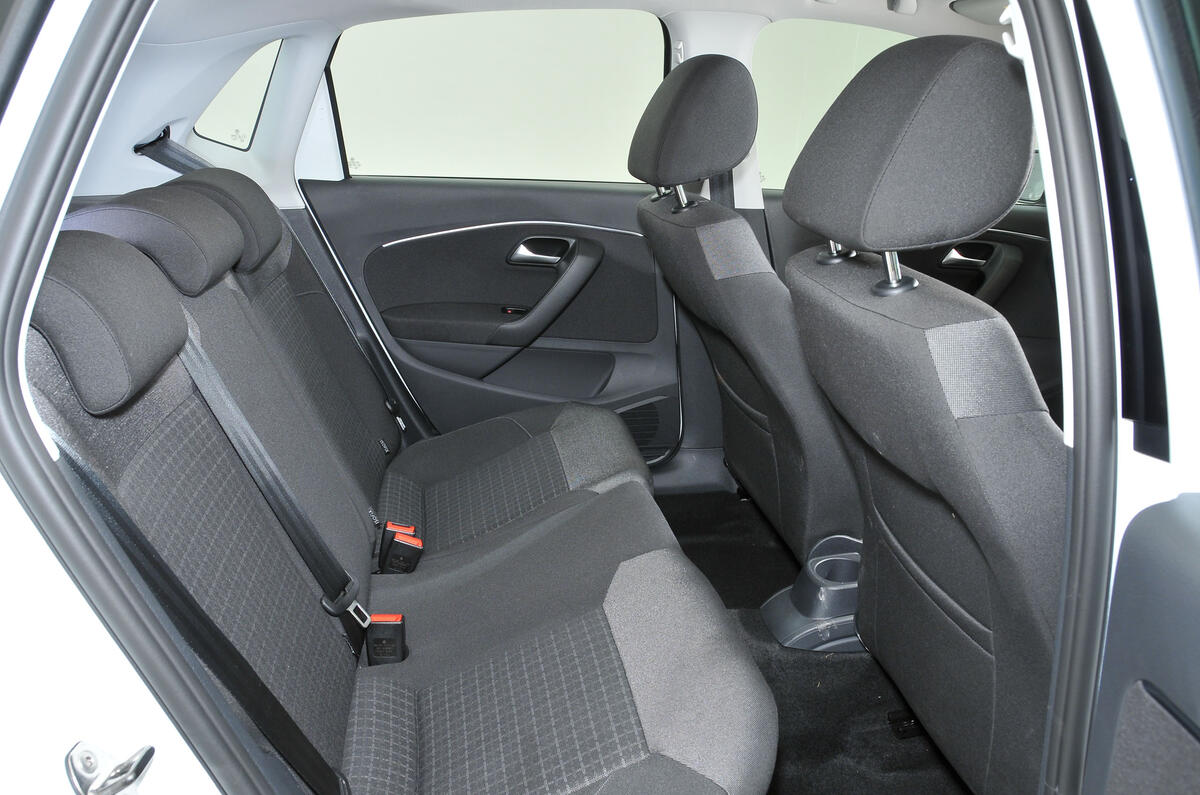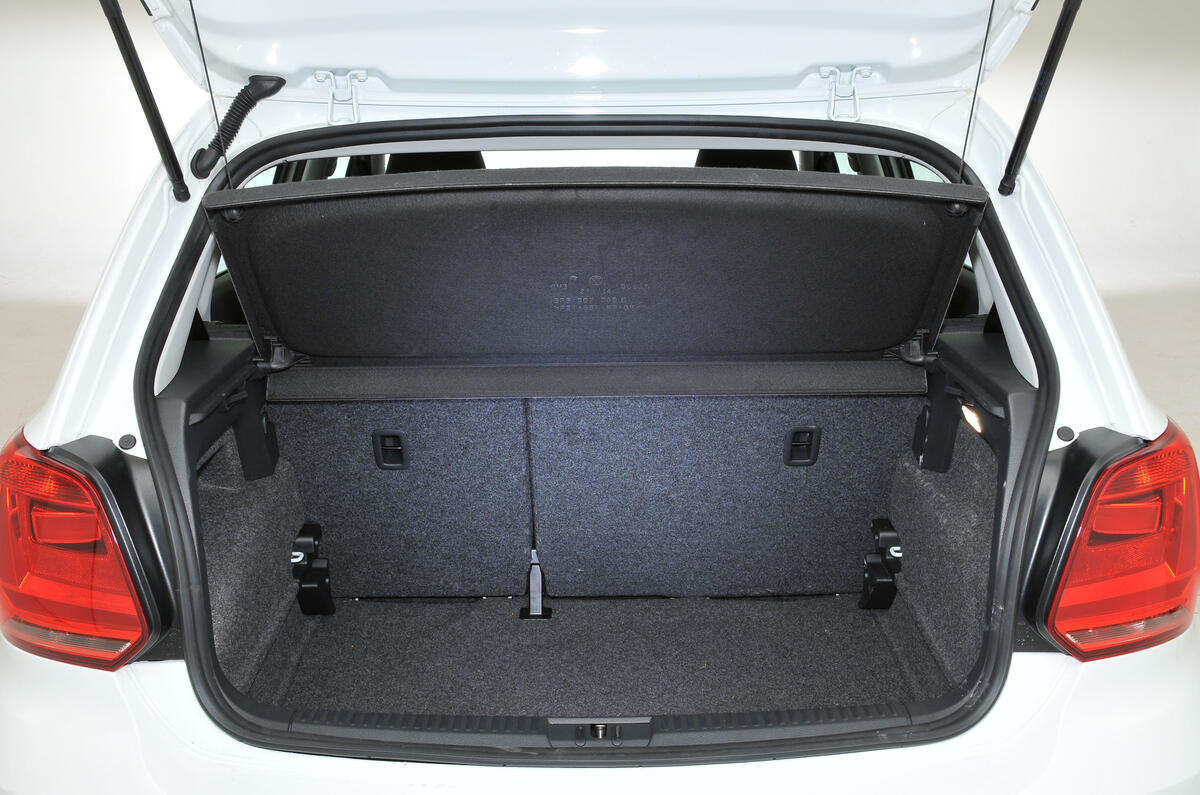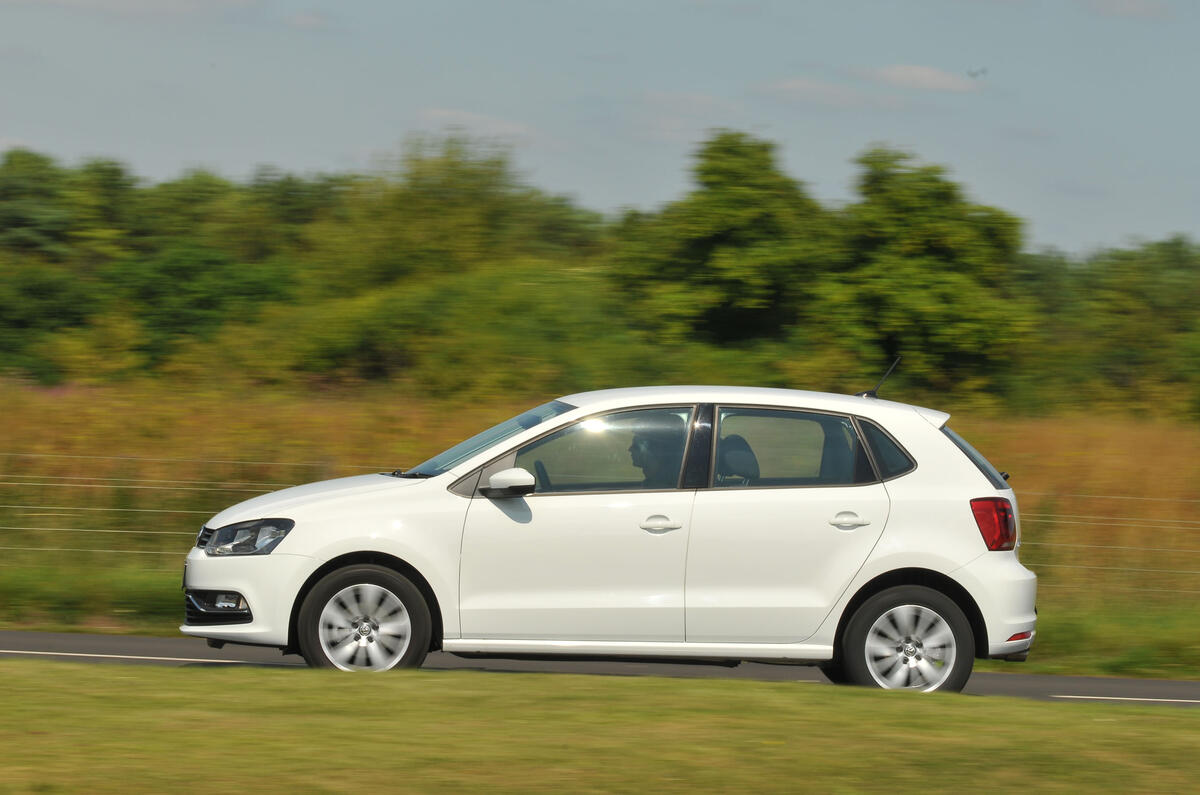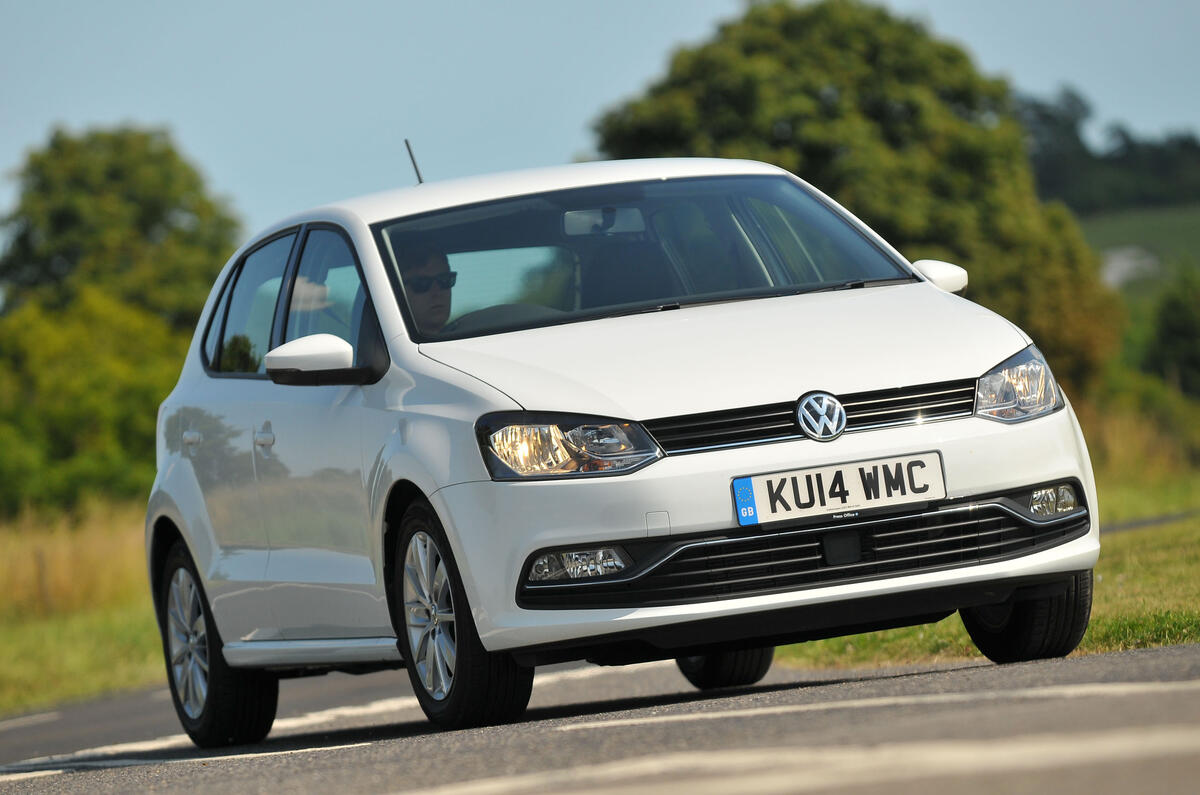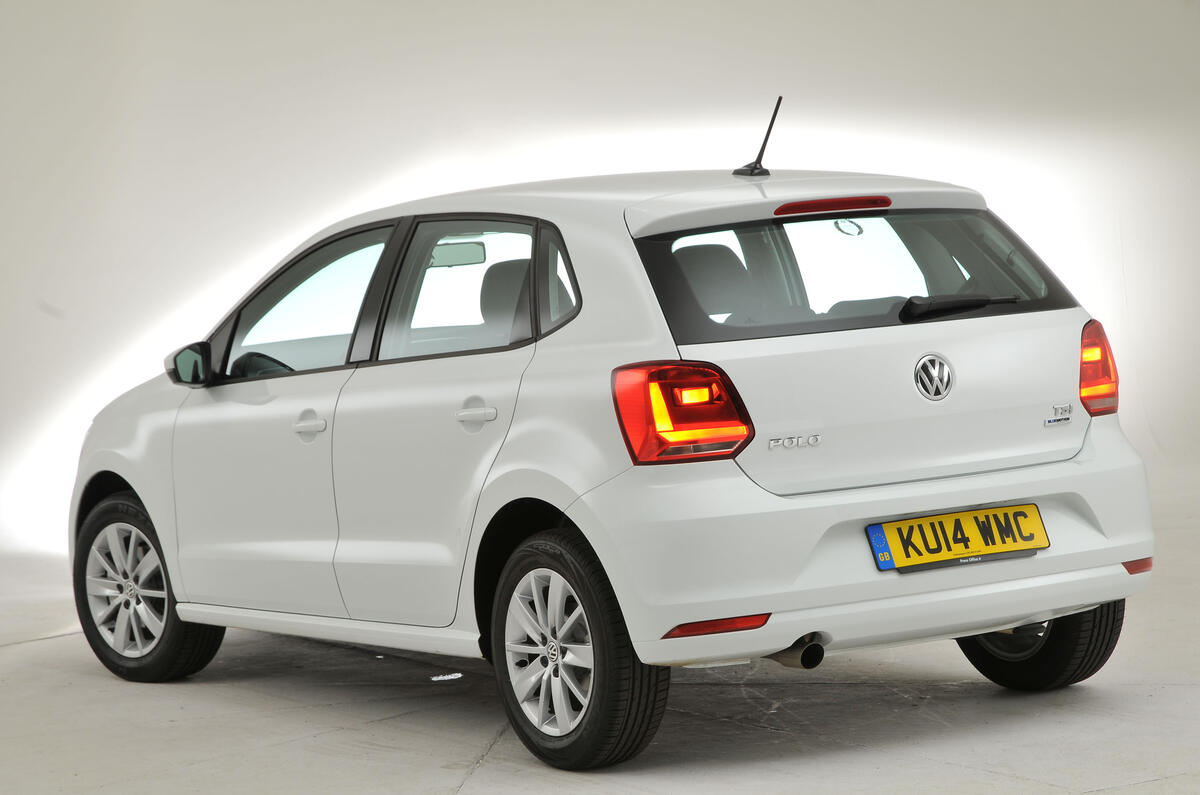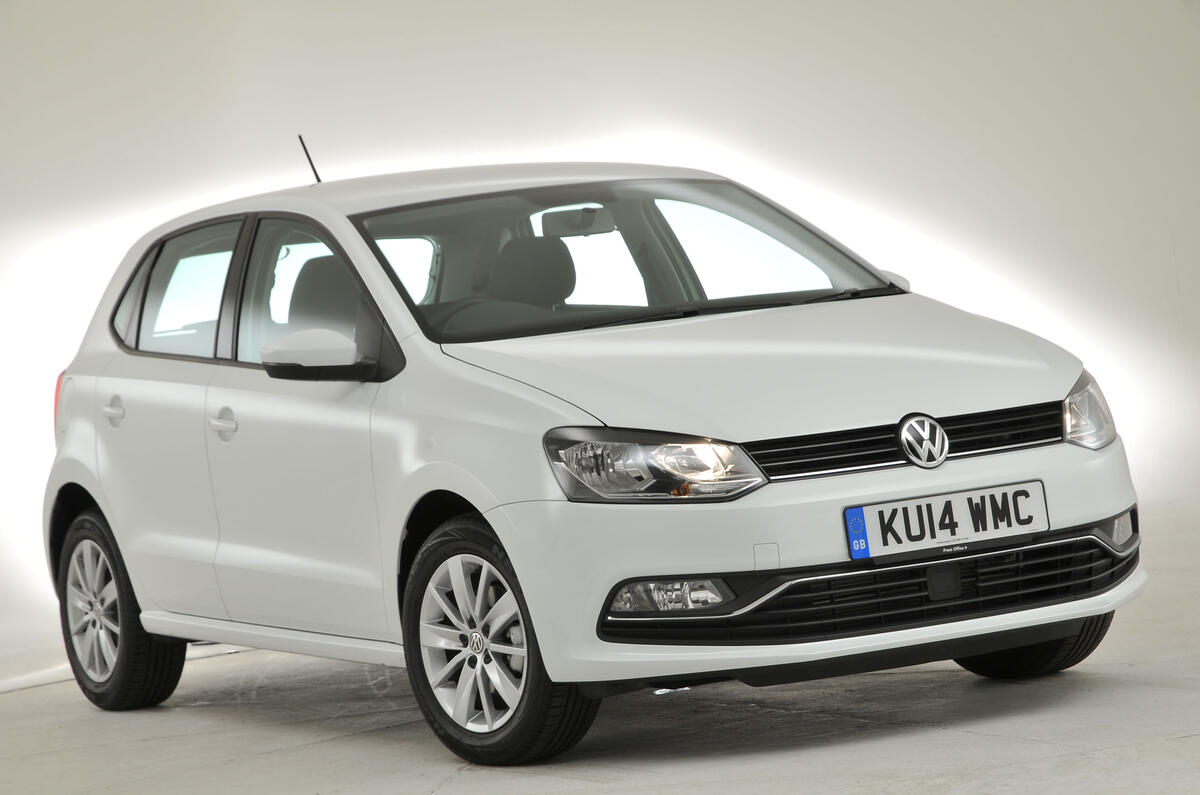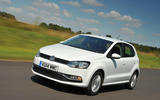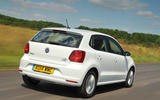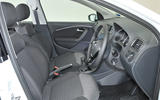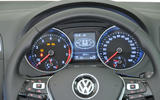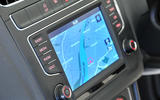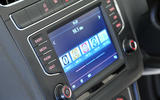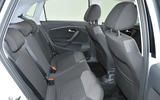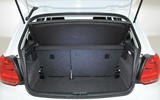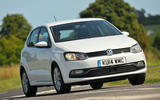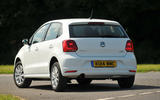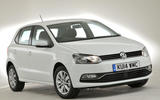Is the Volkswagen Polo reliable?
Overall, the Volkswagen Polo is a reasonably reliable car, but it did have a number of recalls throughout it's lifetime – and didn't fair particularly well in What Car?'s reliabilty survery.
In a class of 28 cars, the Polo finished in 18th place, with many owners experiencing issues with the air-con, engine start-stop system and infotainment screen. Rivals like the Ford Fiesta, Skoda Fabia and Honda Jazz were all judged to be more reliable.
As a brand, Volkswagen finished in 22nd place out of 32 manufacturers, although an overall score of 90.2% isn’t bad.
Ultimately, the Polo is still a solid used buy, and as a second car for short trips, or for your eldest sprog to learn to drive in, it should serve you well. Volkswagen is also an established brand in the UK, which means parts are readily available from both main dealers and independent specialists.
Engine: A blocked diesel particulate filter can affect all TDI models because it doesn’t clear itself on short journeys around town.
Be sure to take any prospective purchase on a long test drive and up to motorway speeds and to check it doesn’t go into limp mode. The same goes for the exhaust gas recirculation (EGR) valve, which is also prone to clogging up.
The 1.2 TSI has a timing chain instead of a belt and it needs to be changed every four years or 40,000 miles. If the typically smooth-running TSI sounds rough at idle, this could be an early sign of coil pack failure – and replacements are the only fix.



